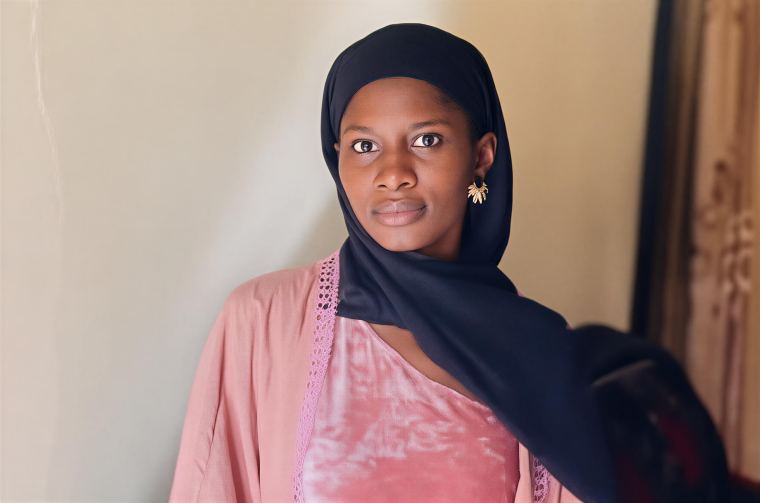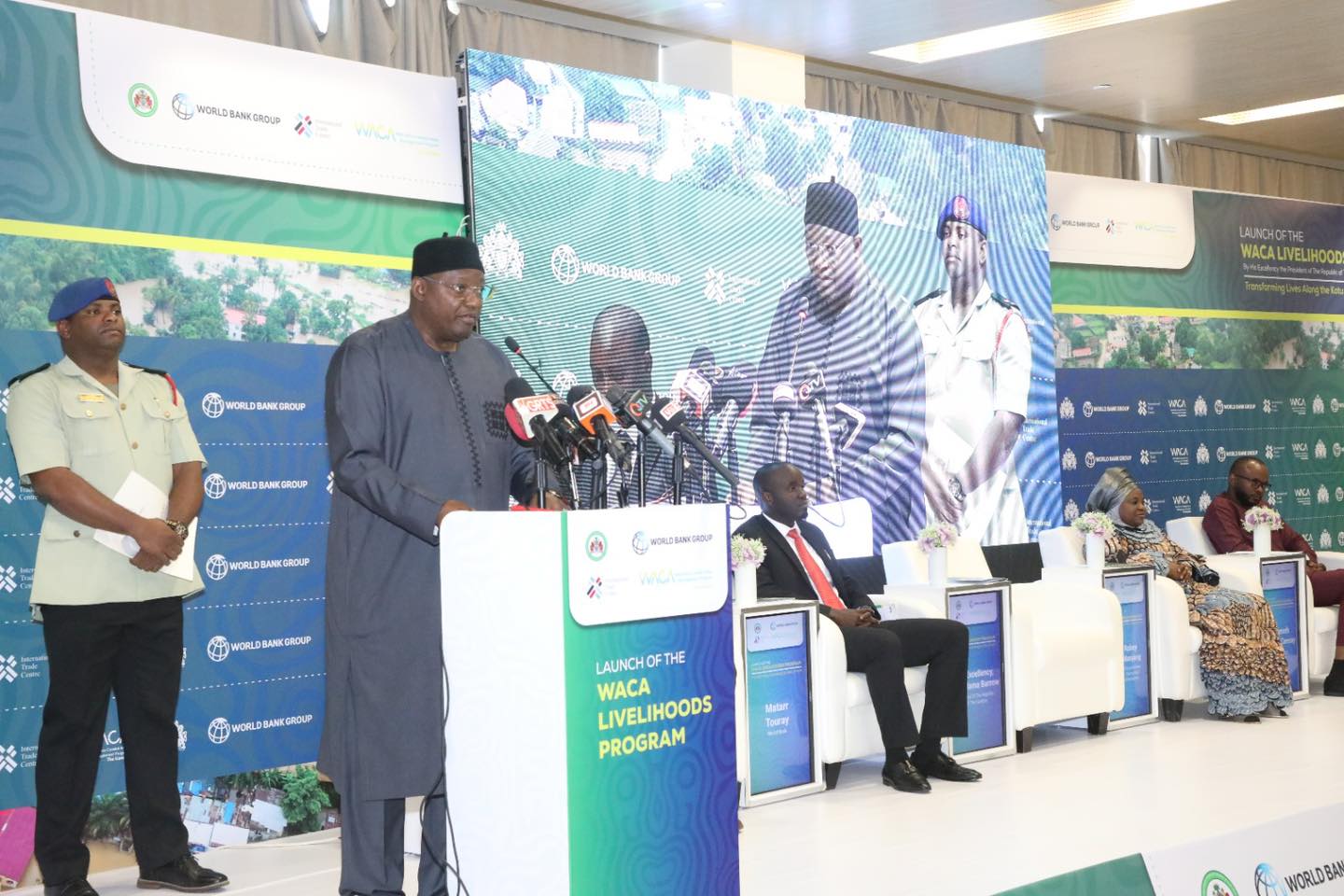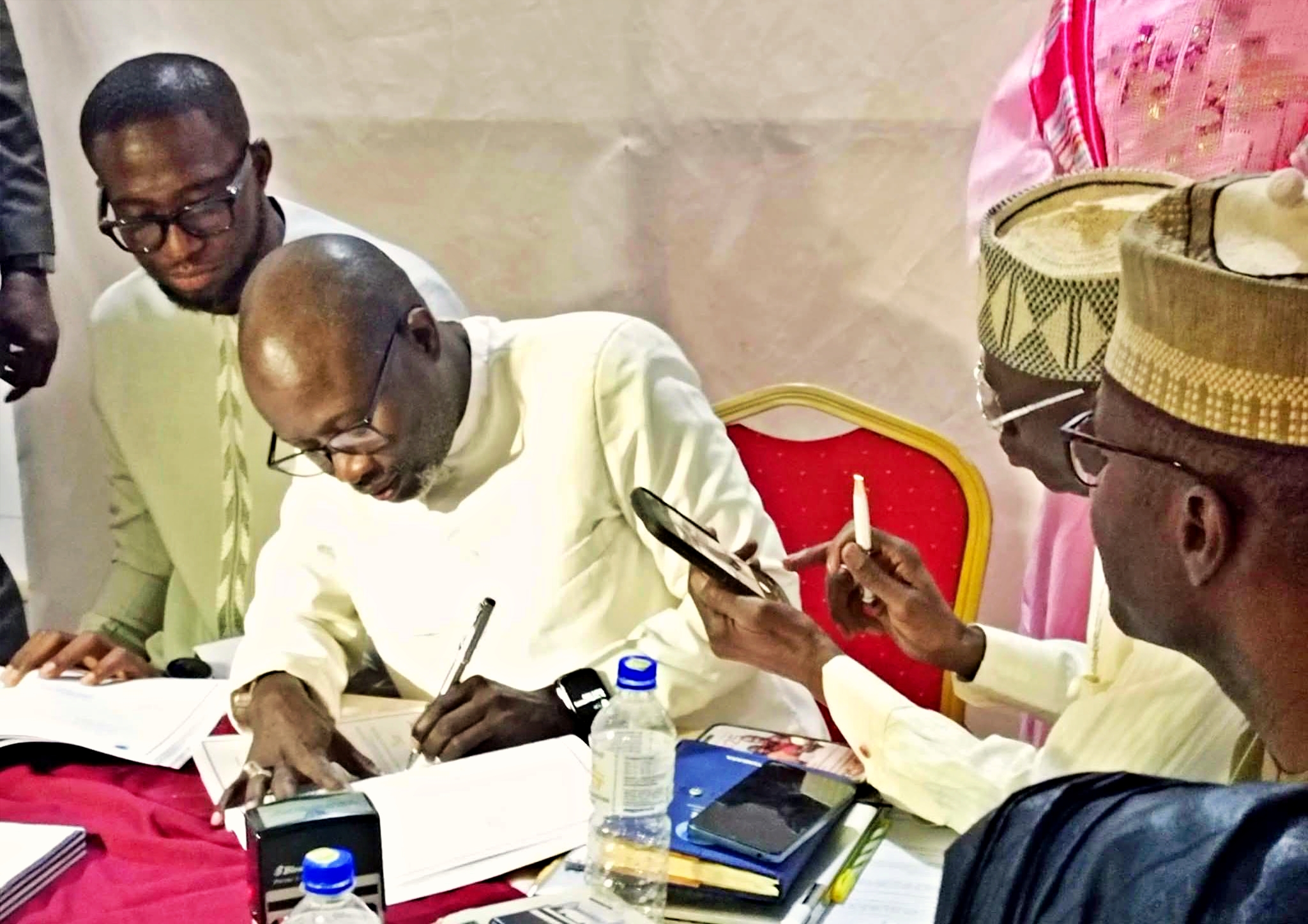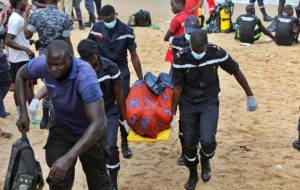Gambiaj.com – (BANJUL) – The United Nations Educational, Scientific, and Cultural Organization (UNESCO) has designated the Niumi Biosphere Reserve in The Gambia and ten other sites worldwide as part of its World Network of Biosphere Reserves, increasing the global total to 759 sites across 136 countries.
These additions were decided during the 36th session of the International Co-ordinating Council, the governing body of UNESCO’s Man and the Biosphere programme, which is composed of 34 representatives of UNESCO Member States. The Council held its session in Agadir, Morocco, from 2 to 5 July following the UNESCO Conference on Soils.
This UNESCO designation marks a significant milestone for The Gambia, securing protection for one of West Africa’s last pristine mangrove forests.
The Niumi Biosphere Reserve features coastal and riverine mangroves, red limestone formations, and tropical forests and woodlands. This diverse ecosystem is home to a wide variety of flora and fauna, including numerous species of birds, fish, and mammals.

In addition to its environmental significance, the Niumi Biosphere Reserve plays a crucial role in local communities, providing sustainable livelihoods through fishing and agriculture. Its rich biodiversity and unique landscape highlight the importance of preserving and protecting this natural treasure for future generations.
The reserve encompasses a Ramsar wetland and the UNESCO World Heritage Site Kunta Kinteh Island, which tells the history of enslaved peoples before their transport to the Americas during the 16th and 17th centuries.
Other new biosphere reserves are located in Colombia, the Dominican Republic, Mongolia, the Philippines, South Korea, Slovenia, and Spain—covering a total area of 37,400 km², equivalent to the size of the Netherlands.
“At a time when the international community is being called upon to increase the number of protected areas, these new biosphere reserves play an essential role in sustainably preserving biodiversity, improving the living conditions of local populations and Indigenous Peoples, and fostering scientific research,” said Audrey Azoulay, Director-General of UNESCO.
Biosphere reserves address climate disruption and generate green income for local and Indigenous communities. They contribute to the overall goal of designating 30% of the Earth’s land and marine surface as protected areas and restoring 30% of the planet’s degraded ecosystems by 2030.










